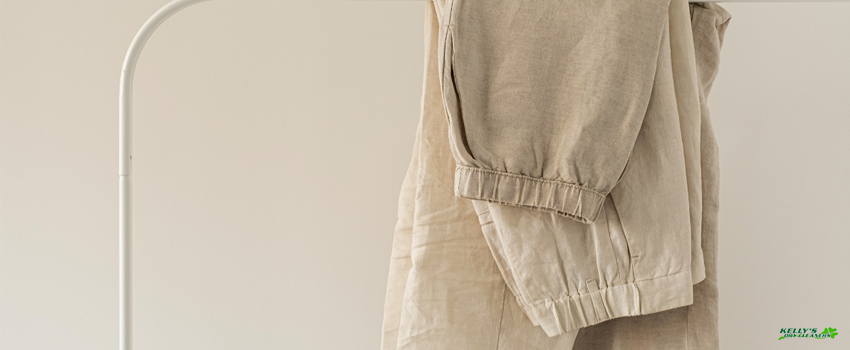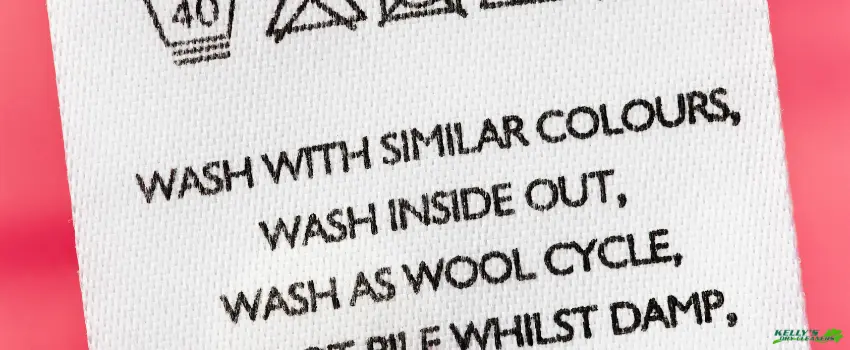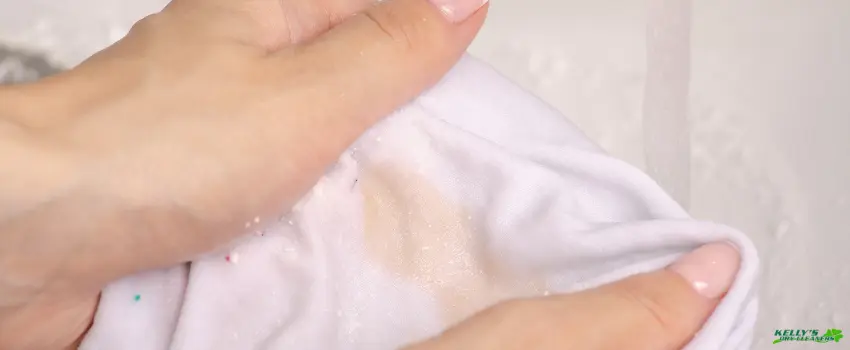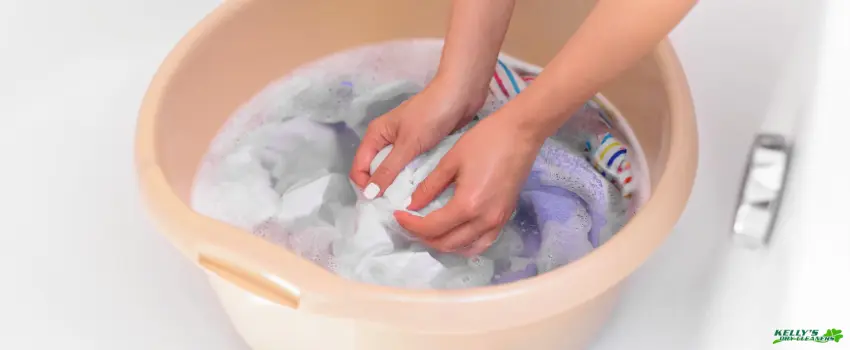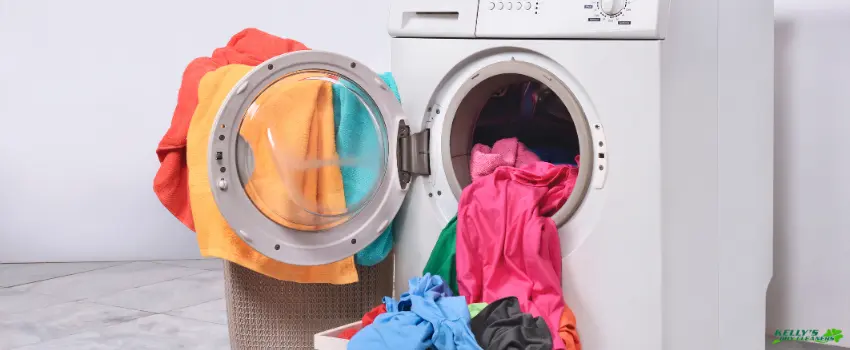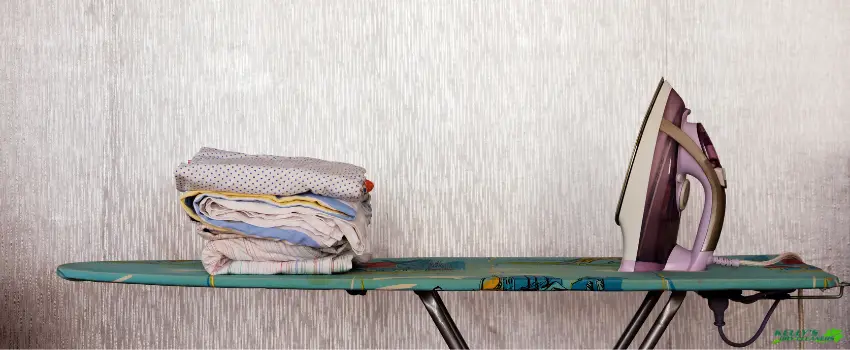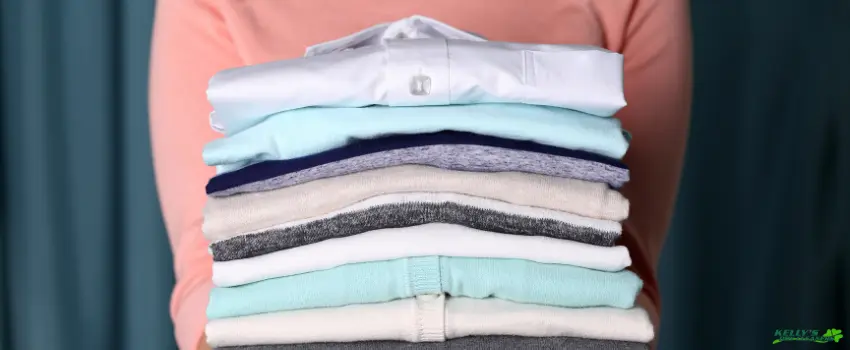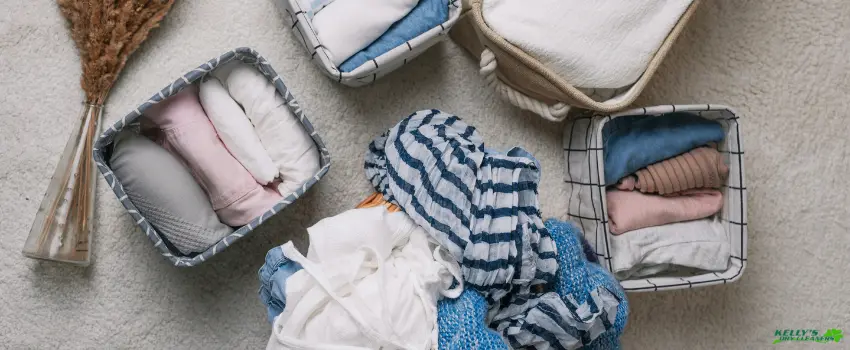Linen garments are known for their beauty and comfort, making them a popular choice for those who want to add sophistication to their wardrobe. Linen is a natural fabric made from flax fibers that are highly absorbent, lightweight, and breathable. It’s ideal for warm weather because of its coolness, and it’s also hypoallergenic, making it perfect for those with sensitive skin.
Although linen garments have many benefits, some people may hesitate to purchase them because of their reputation for being challenging to take care of. Washing linen shirts requires a certain amount of attention and care. They can be prone to wrinkling, shrinkage, and discoloration if not cleaned and cared for adequately. For this reason, many people may opt for easier-to-care-for fabrics instead.
However, caring for them can become easier and stress-free with the right knowledge of how to wash linen clothing. By following a few simple steps, they’ll continue looking their best. With a little effort, linen garments can be a stylish and practical addition to any wardrobe.
Pre-Washing Preparations
Before washing your linen garments, you must properly prepare them to ensure they remain in good condition. Here are three tips to help you get started:
1. Read the care label.
Reading the care label will provide valuable information on how to wash linen without damaging it. Look for instructions on the water temperature, washing cycle, and recommended detergents. Following the care label’s guidelines will help you avoid common mistakes.
2. Sort by color and texture.
Once you have read the care label, sort your clothing by color and texture. Separate light-colored garments from dark-colored ones to prevent color bleeding. Also, separate heavier and coarser linen garments from lighter, more delicate ones to avoid damage.
3. Check for stains and treat them.
Before washing your clothing, check for stains and treat them accordingly. Stains left untreated can become permanent, so removing them before washing is essential. Treat stains with a pre-wash stain remover, or use white vinegar and baking soda to remove stubborn stains. Gently rub the solution into the stained area and let it sit for a few minutes before washing.
Washing Techniques
There are several washing methods to choose from when washing linen shirts. Here’s a quick rundown of each method and its pros and cons:
1. Hand Washing
Hand washing is a gentle and effective way to clean linen garments, making it an excellent option for delicate items. However, it can be time-consuming and requires more effort than machine washing.
To hand wash your linen garment, fill a basin with lukewarm water and add a mild detergent. Gently swirl the water to distribute the detergent, then add your garment and let it soak for a few minutes before rinsing.
2. Machine Washing
Machine washing linen garments is a popular cleaning method for convenience and ease. However, remember that machine washing can be rough on the fabric and may cause damage if you do it wrong. Reading the care label on your linen garments ensures they are safe to machine wash.
When machine washing, use a gentle cycle with cold water to prevent shrinkage or damage to the fabric. Hot water can cause the linen fabric to shrink and lose its shape, so use cold or lukewarm water instead. A mild detergent is also recommended to avoid harsh chemicals that can cause damage.
3. Dry Cleaning
Dry cleaning linen is preferred for delicate clothing pieces that may not be suitable for machine or hand washing. It involves using gentle chemicals and techniques to clean the fabric without causing damage. Although it might cost you more to dry clean linen, it effectively preserves your garments’ quality and color.
When deciding whether to choose dry cleaning, check the care label on your garment to ensure it’s suitable for this method. Some linen garments may have specific instructions, such as “dry clean only,” or may not be suitable for dry cleaning. You should also choose a reputable dry cleaner to handle and care for your garments properly.
Drying and Ironing Tips
Drying and ironing linen garments maintain their quality and appearance. If you need help with how to do it, here are a few tips to help you.
1. Hang or lay flat to dry.
After washing, hang your clothing items on a hanger or lay them flat to air dry. Avoid using a dryer, as the heat can cause shrinkage or damage. If you’re short on time, you can use a dryer on low heat, but remove the garment while it’s still slightly damp to avoid over-drying.
Alternatively, if you don’t have the time or resources for air drying, dry clean your linen instead. Dry cleaning is a convenient option to avoid air drying or machine drying risks.
2. Iron while damp.
Linen is easier to iron while it’s still damp. If your garment has dried completely, you can use a spray bottle to dampen it lightly before ironing.
Use a low to medium heat setting on your iron to avoid ruining the fabric. Using a pressing cloth, such as a thin cotton towel, is also recommended between the iron and the linen garment. Using a pressing cloth prevents any scorch marks or shine on the fabric.
3. Fold immediately after ironing.
Once you’ve finished ironing, fold your clothing pieces immediately to avoid new wrinkles from forming. Fold them neatly to avoid creasing, and store them in a cool, dry place.
Storing Linen Garments
Besides knowing linen washing instructions, you should also learn how to store them correctly. Here are some tips on how to store your linen garments:
1. Avoid direct sunlight and moisture.
Taking extra precautions when storing your linen garments will make them last longer. For instance, avoid storing them in areas prone to humidity, such as basements and bathrooms. These rooms have excess moisture in the air and can cause mildew and mold to form.
Additionally, you should avoid hanging your linen garments in areas that receive direct sunlight. Prolonged exposure to UV rays can cause the fabric to become brittle and lose strength.
2. Use breathable storage.
Linen is a natural fiber that needs to breathe, so avoid storing your garments in plastic bags or airtight containers. Instead, use breathable storage options like cotton or linen garment bags, or simply fold your garments and place them on a shelf.
3. Opt for shelving with proper ventilation.
Ventilated shelves allow air to circulate your linen garments, preventing moisture buildup and mold growth. They are also relatively easy to build, even for those not handy with tools.
When using ventilated shelves, fold your linen garments neatly to prevent wrinkles and creases. Also, remember to check your garments for signs of moisture or mold, particularly if you live in a humid climate.
Conclusion
Caring for linen clothes adequately can extend their lifespan and maintain their quality and appearance. While it may require extra effort and attention compared to other fabrics, the results are worth it. Following the recommended washing, drying, ironing, and storage techniques ensures that your linen garments remain in excellent condition. With the right care, your linen wardrobe can continue providing comfort, style, and elegance.
Trust Kelly’s Dry Cleaners to take good care of your linen garments.
Make your clothes last longer by taking them to Kelly’s Dry Cleaners! We provide laundry services in Pagosa Springs, CO, that will give your linen garments the specialized care they need. Our experienced team uses gentle yet effective cleaning techniques to remove dirt, stains, and odors without compromising the fabric’s quality. Contact us today for your laundry needs and see the difference for yourself.

